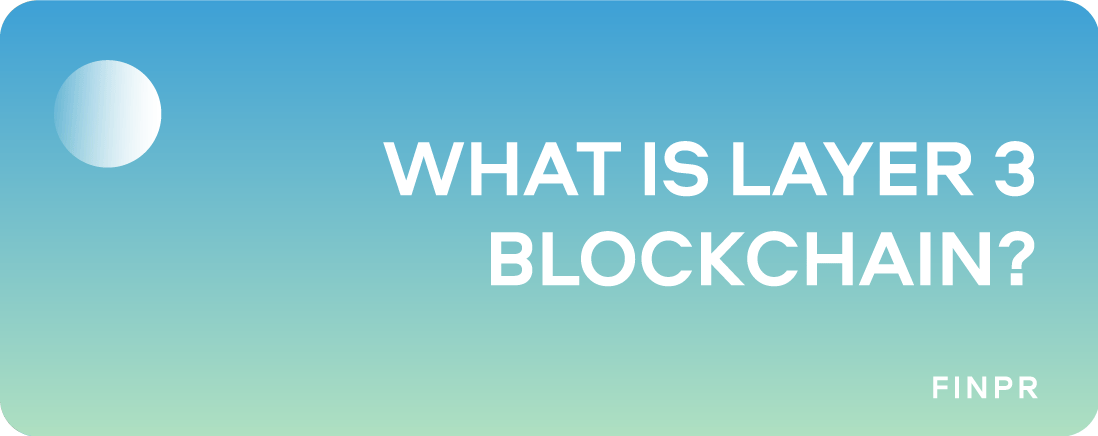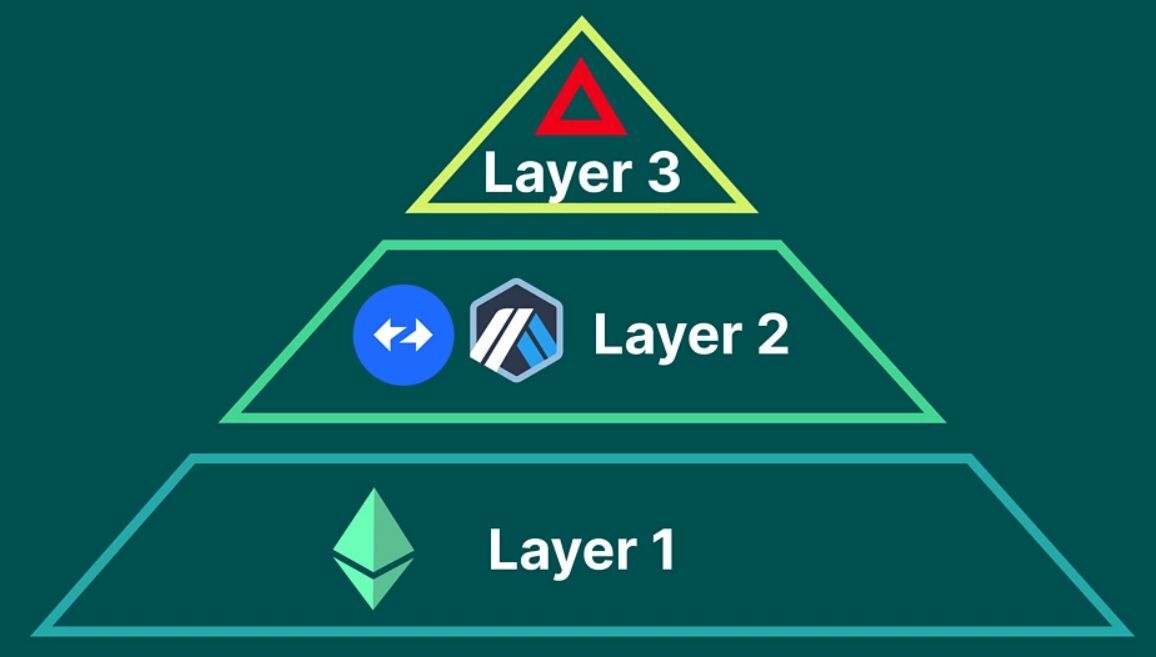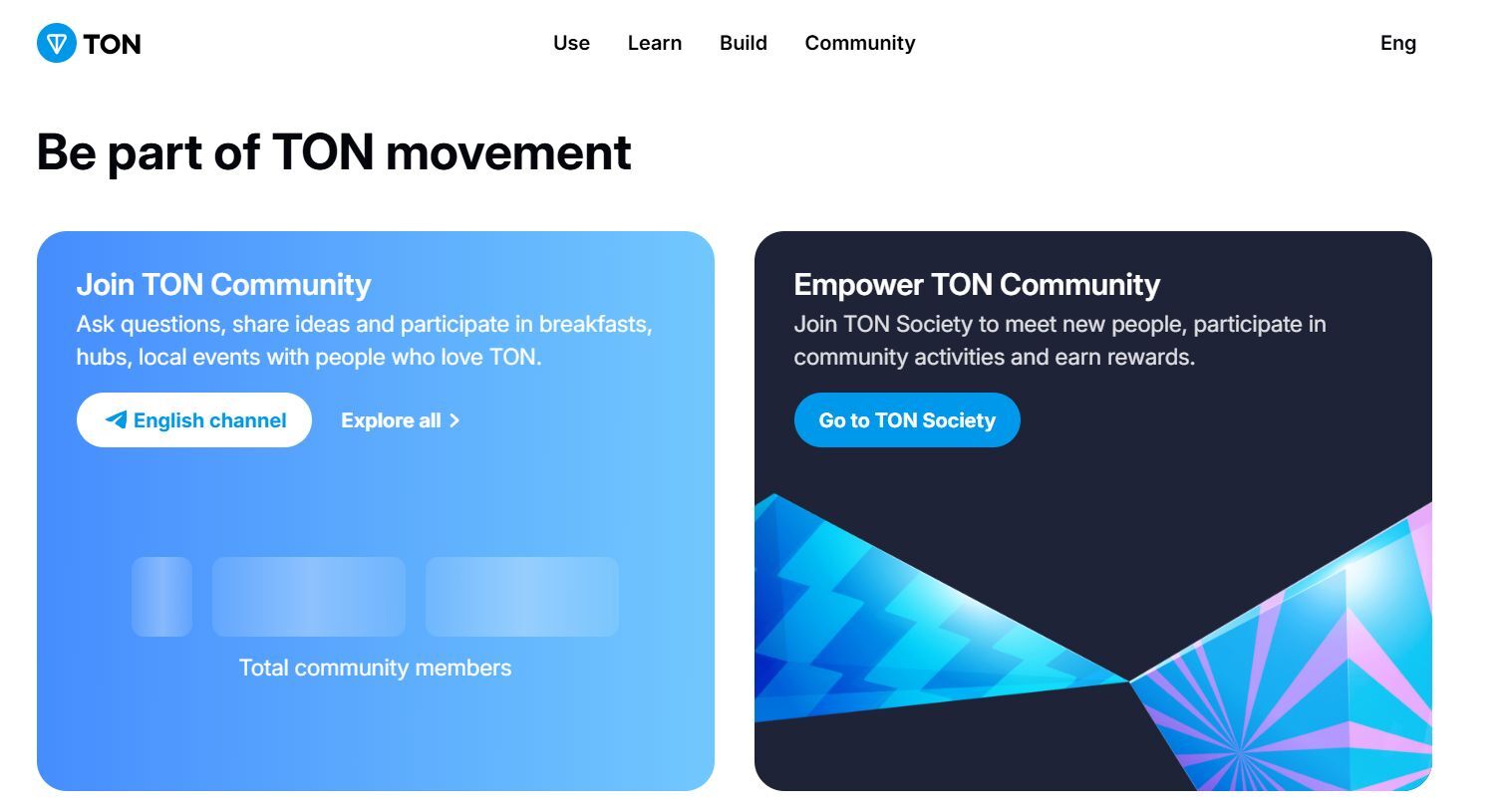
The blockchain ecosystem is evolving at a breakneck pace, with new innovations addressing the limitations of existing technology layers. While Layer 1 solutions focus on security and decentralization, and Layer 2 aims to enhance scalability, a new player has entered the scene: Layer 3 blockchain. But what exactly is Layer 3, and why is it gaining attention?
In this article, we’ll explore what Layer 3 blockchain is, how it works, and why it’s set to play a pivotal role in the future of decentralized systems.
What is Layer 3 Blockchain?

Layer 3 blockchains represent an advanced tier in the blockchain hierarchy, built atop Layer 2 protocols to offer highly customizable, application-specific functionalities. While Layer 1 blockchains, such as Bitcoin and Ethereum, provide the foundational infrastructure handling consensus, security, and transaction validation, and Layer 2 blockchains aim to enhance scalability and efficiency, Layer 3 introduces an application-focused dimension to the architecture.
The primary objective of Layer 3 is to facilitate the development of decentralized applications (dApps) with specialized requirements, such as enhanced privacy, hyper-scalability, or industry-specific features. By operating on top of existing Layer 1 and Layer 2 infrastructures, Layer 3 protocols provide a more user-friendly and efficient interface for dApps and services.
Moreover, Layer 3 plays a pivotal role in fostering interoperability among diverse blockchain networks. It introduces protocols that allow seamless communication and data exchange between different blockchains, thereby enhancing the functionality and user experience of dApps operating across multiple platforms.
Functions and Use Cases of Layer 3 Blockchain
Layer 3 blockchains introduce a specialized application layer atop existing blockchain infrastructures, enabling tailored functionalities and addressing specific industry needs. Key functions and use cases include:
1. Application-Specific Chains
Layer 3 solutions facilitate the creation of blockchains customized for particular applications or industries, allowing developers to optimize performance and features for specific use cases.
- Gaming Applications: Layer 3 blockchains can support complex gaming ecosystems, offering the quick and flawless interactions required for a smooth gaming experience.
- Financial Services: Layer 3 blockchains can be customized to meet the stringent security and compliance requirements of financial institutions, enabling efficient and secure transactions.
2. Enhanced Interoperability
Layer 3 protocols play a pivotal role in fostering interoperability among diverse blockchain networks, introducing protocols that allow seamless communication and data exchange between different blockchains.
3. Improved User Experience
By operating on top of existing Layer 1 and Layer 2 infrastructures, Layer 3 protocols provide a more user-friendly and efficient interface for decentralized applications and services, enhancing blockchain interaction and scalability for end-users.
4. Industry-Specific Solutions
Layer 3 blockchains offer tailored solutions for various industries, addressing unique challenges and requirements.
- Supply Chain Management: Layer 3 blockchains can enhance transparency and traceability in supply chains, allowing for better tracking of goods and verification of authenticity.
- Healthcare: Layer 3 solutions can facilitate secure sharing of medical records and streamline administrative processes, improving patient care and operational efficiency.
Benefits of Layer 3 Blockchain
Layer 3 blockchains introduce several key benefits that enhance the functionality and usability of blockchain systems:
1. Enhanced Scalability
By processing transactions off the main blockchain, Layer 3 solutions significantly increase scalability. This approach allows for higher transaction throughput, accommodating a larger number of transactions per second.
2. Reduced Transaction Costs
Layer 3 protocols can lower transaction fees by streamlining processes and reducing the computational load on the main blockchain. This efficiency leads to more cost-effective interactions for both users and developers.
3. Improved User Experience
Focusing on user-friendly interfaces, Layer 3 enhances the interaction between users and blockchain applications. This emphasis on usability makes blockchain technology more accessible to non-technical users, promoting broader adoption.
4. High Customization
Layer 3 blockchains offer the flexibility to tailor solutions for specific industries or applications. This customization enables developers to optimize performance and features to meet particular needs, such as gaming or financial services.
5. Enhanced Interoperability
By facilitating seamless communication between different blockchain networks, Layer 3 solutions enhance interoperability. This capability allows decentralized applications to leverage resources and functionalities across various platforms, fostering a more connected ecosystem.
Examples of Layer 3 Implementations
Layer 3 blockchains represent the application layer in the blockchain ecosystem, enabling specialized functionalities tailored to specific use cases. Notable implementations include:
1. Polkadot's Parachains
Polkadot introduces a multi-chain ecosystem where individual blockchains, known as parachains, operate in parallel. These parachains are application-specific chains that benefit from Polkadot's shared security and interoperability, allowing diverse functionalities to coexist within a unified network.
2. Hyperledger Fabric
Hyperledger Fabric is a permissioned blockchain framework designed for enterprise solutions. It provides a modular architecture, enabling organizations to develop application-specific blockchains with customizable consensus mechanisms and membership services, catering to various industrial use cases.
3. The Open Network (TON)

Originally developed by Telegram, The Open Network (TON) is a scalable multi-blockchain platform designed to support dApps and smart contracts. TON's architecture includes a masterchain and up to 2^32 workchains, each capable of operating independently with unique rulesets, facilitating a diverse range of applications.
4. L3COS
L3COS (Level 3 Consensus Operating System) is a blockchain platform designed to provide a regulated environment for governments, businesses, and individuals. It offers a three-level structure, enabling the creation and management of digital economies with tailored governance and compliance features.
These implementations exemplify how Layer 3 solutions are advancing the blockchain landscape by providing specialized, scalable, and interoperable platforms tailored to specific application requirements.
In Wrapping Up
Layer 3 blockchain represents the next step in the evolution of blockchain technology, bridging the gap between complex infrastructures and user-friendly applications. As the ecosystem continues to evolve, Layer 3 is poised to play a transformative role in shaping the future of decentralized applications and services.




